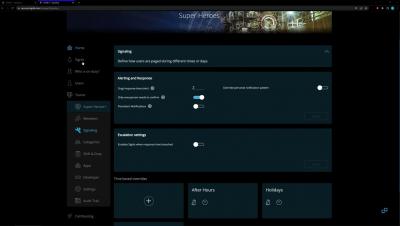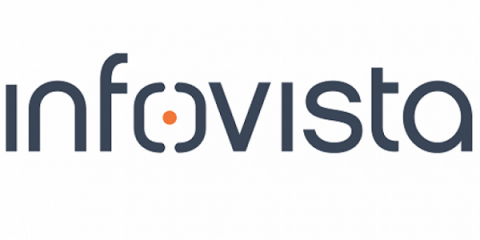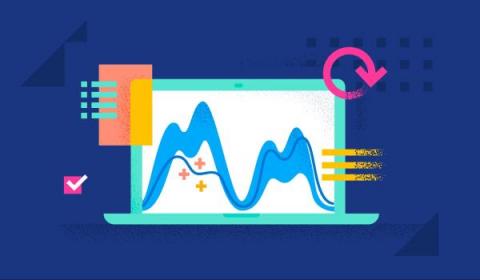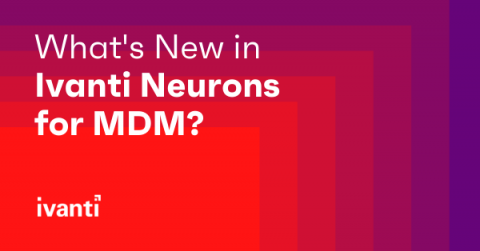Operations | Monitoring | ITSM | DevOps | Cloud
May 2022
Improve Performance in your iOS Applications - Part 3
Although modern iOS devices are capable of handling a wide range of intensive and complex tasks, the device may seem slow if you are not paying close attention to how your application operates. Performance improvements mentioned in this article are intended to make your code more readable and performant; however, select cautiously as per your needs. Oftentimes, altering or improving architecture and code refactoring takes more time and effort.
Infovista enables operators to test user experience of OTT voice, video and interactive 5G apps and services
The Cloud Native Telco | FutureNet World
How can observability help telecom providers accelerate 5G monetization
The telecom industry is at an inflection point today, where the endless possibilities of 5G meet the growing challenges of accelerating 5G monetization. This is particularly true for telecom providers who have pumped billions of dollars in building 5G networks. The telecom cloud market is expected to cross USD 74 billion by 2026.
The Top 6 Apps People Love These Days
Tip and Tricks with SIGNL4 and ConnectWise
Improve Performance in your iOS Applications - Part 2
The performance of your iOS app is crucial when building and publishing it for any number of users. Your users expect it to be delightful, fast and responsive, so if your app seems sluggish or unresponsive, it will affect your reviews and you might lose valuable users. While solving this for your apps, it’s easy to overlook the influence of the choices made on performance throughout development.
An Easy Guide To Understanding App Development
Monitor Flutter application performance with Datadog Mobile RUM
Flutter is a popular open source framework that allows you to build, test, and deploy high-performance, multi-platform applications with a single codebase. Developed by Google, Flutter is backed by a robust developer community and is compatible with the latest native functionalities, including iOS Metal.
What's New in Ivanti Neurons for Mobile Device Management?
The latest release of Ivanti Neurons for MDM includes enhancements for managing COSU devices and transitioning to cloud-based device management.











